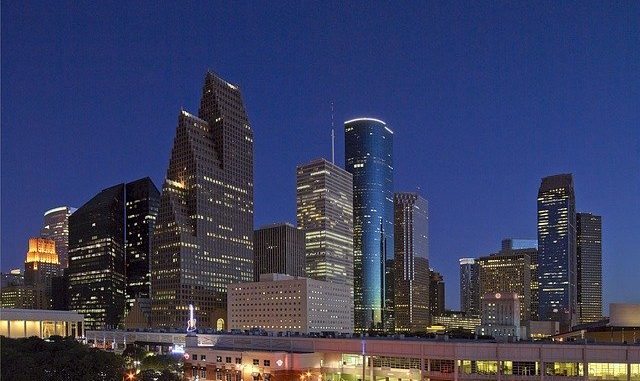
On August 15, the Chronicle ran a letter from Robert McClain, who owns a business on Richmond and opposes rail on that street. Here is the letter in its entirety:
LIKE many in the coalition who oppose a Richmond rail line, I supported the 2003 referendum in which Houstonians voted for a commuter rail system on Westpark, connecting to the suburbs and supposedly to take cars off of our freeways. Now the Metropolitan Transit Authority has ignored the will of voters and converted the original plan to an “urban” system which reduces mobility. Metro proposes adding 50 new traffic lights along this rail alignment.
On peak days, 60,000 cars cross Richmond Avenue at Kirby, Shepherd and Buffalo Speedway. Yet Metro’s own study said a Richmond line will create unacceptable congestion at 31 intersections – in short, expect near gridlock.
As for clean air, it will only be worse with thousands of cars jammed along Richmond Avenue intersections and increased commuter traffic on the Southwest Freeway.
The Main Street line has not removed any cars from our roads. Even the Environmental Protection Agency rejected Houston’s application for pollution credits, concluding that the rail line did not reduce auto traffic.
After five years of construction, the loss of hundreds of mature trees, increased flooding, relocation of countless utility, phone and water lines, here is the punchline: It will most likely not even be rail. As in the other “rail” corridors that have been approved, it will be rubber-tired, diesel-powered, glorified buses going down a dedicated lane of traffic. It was just another “switch and bait.”
Why not spend our tax dollars in ways that would really improve traffic mobility. Improve the bus service and get cars off the freeways with commuter rail; help preserve the quality of life of the entire city.
Although most of McClain’s points are pretty solid, his assertion that the Richmond line will “most likely not even be rail” is an overstatement. All indications are that METRO intends that corridor to be rail, although technically it is still considering other options.
While it is not unusual for the erratic Chronicle letters editor to run letters that sometimes overstate matters (or that sometimes are just wrong), it is unusual for a Chronicle columnist to devote a significant portion of a column to debunking a reader letter. Nonetheless, that’s how Chron transportation columnist Rad Sallee chose to lead his column on Monday:
Similar suspicions were raised by others who, like McClain, oppose Metro putting the route on Richmond. Metro officials emphatically deny any retreat from their light rail commitment.
“That’s the wildest rumor and untruth that I’ve heard in a long, long time,” said president and CEO Frank Wilson.
“There never has been any question that the University Corridor will be light rail,” board chairman David Wolff said Thursday.
Metro spokeswoman Sandra Salazar said analysis in the voluminous Draft Environmental Impact Statement, or DEIS, for the line justifies light rail as cost-effective.
So what’s the basis for doubt? That same environmental statement, according to three of the opponents.
Let’s take a look.


